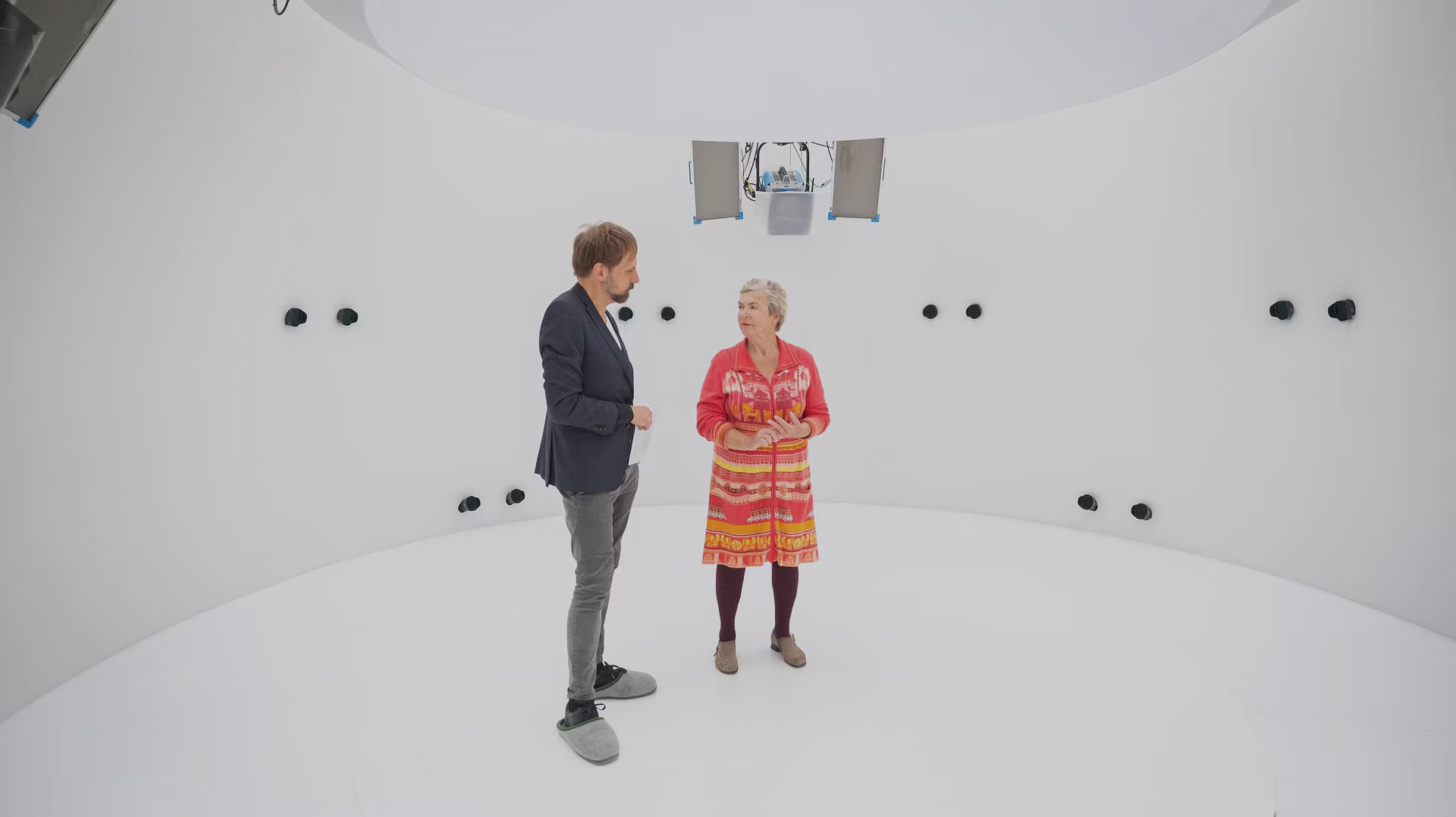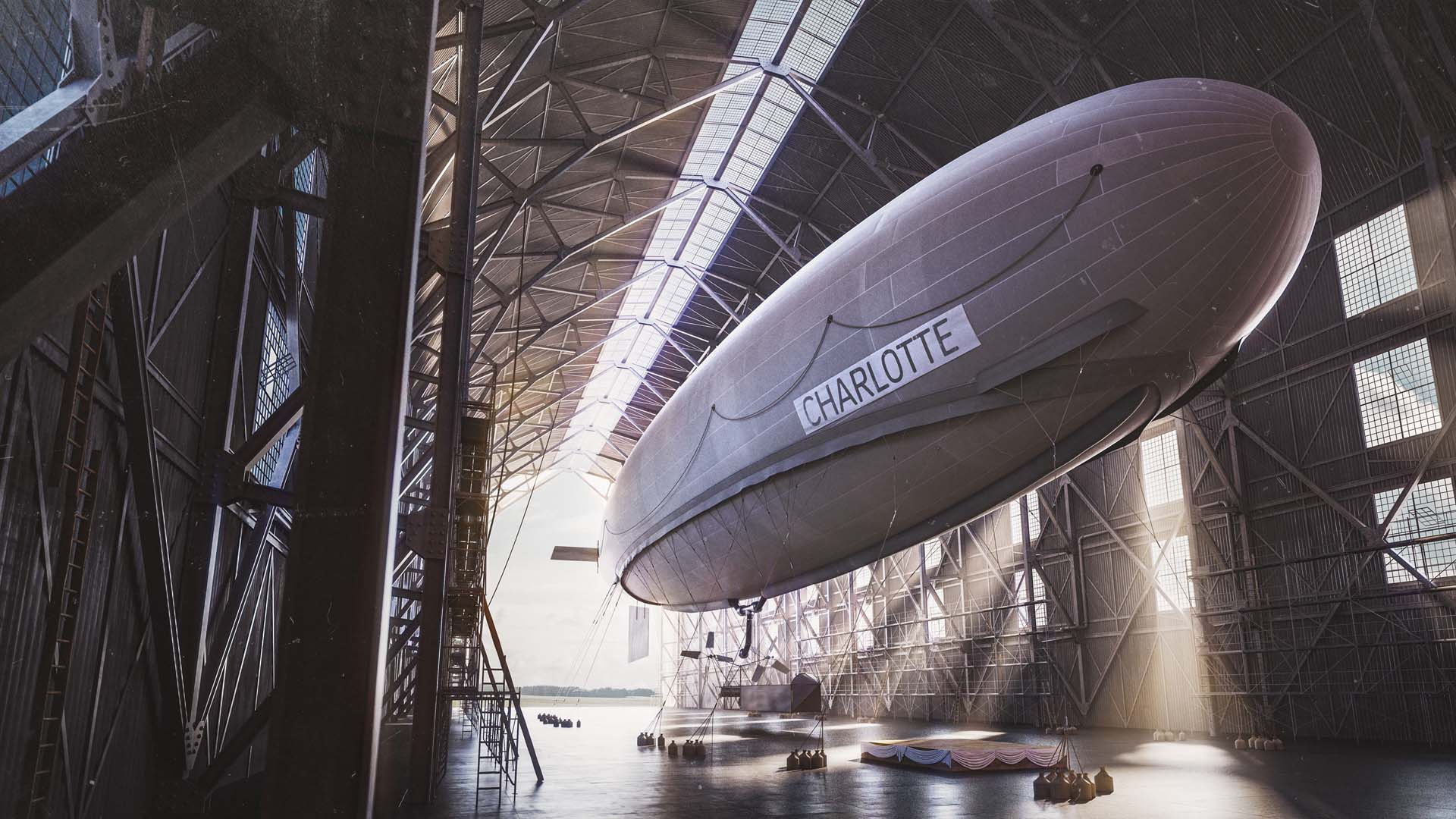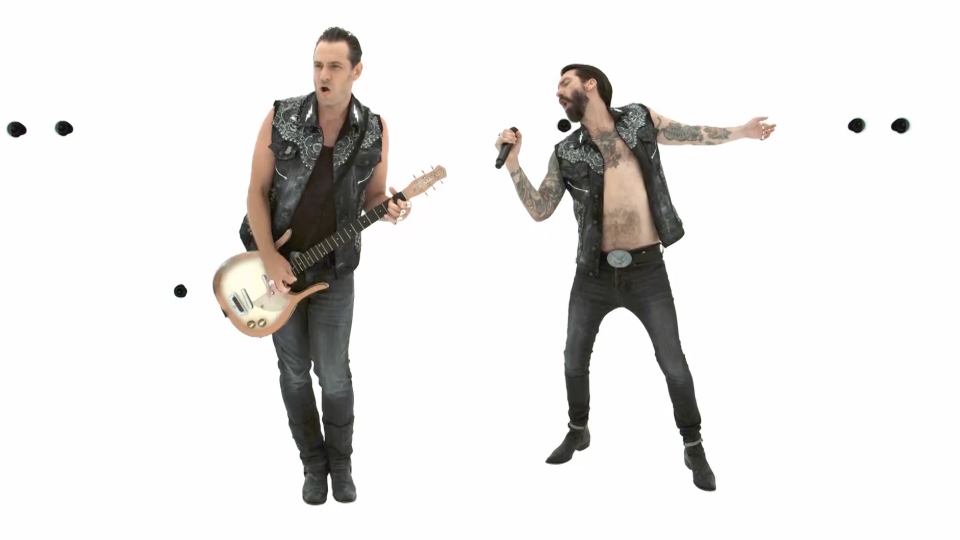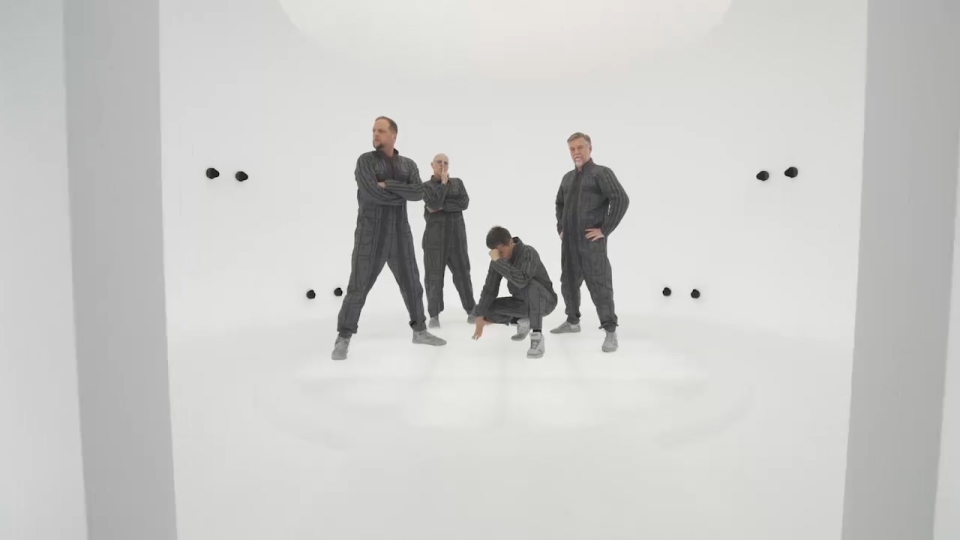The Monk by the Sea

DESCRIPTION
The Monk by the Sea is not just one of Caspar David Friedrich’s best known paintings and an international icon of German Romantic painting, but as a result of comprehensive restoration work carried out between 2013 and 2016, it is also a work about which we know a great deal in terms of the techniques of its production. Along with the immersive experience of standing by the sea just like the monk in the painting – and even having the chance to meet him – users of the app are able to follow and explore the stages of the production of the painting that are no longer visible in the original.
In this way, VR allows visitors to immerse themselves in the painting in two senses: firstly by entering the space of the picture to explore the question of how the lonely figure felt in the face of the forces of nature; and secondly, by entering into the various layers of the construction of the picture, in order to retrace the progression of Caspar David Friedrich’s painting process.
The volumetric images were taken with our predecessor imaging system, with the first prototype of the Fraunhofer Institute.
PRODUCER
Gebrüder Beetz
ARTE
YEAR
2018
CONTENT
Virtual Reality
PARTNER
HTC VIVE


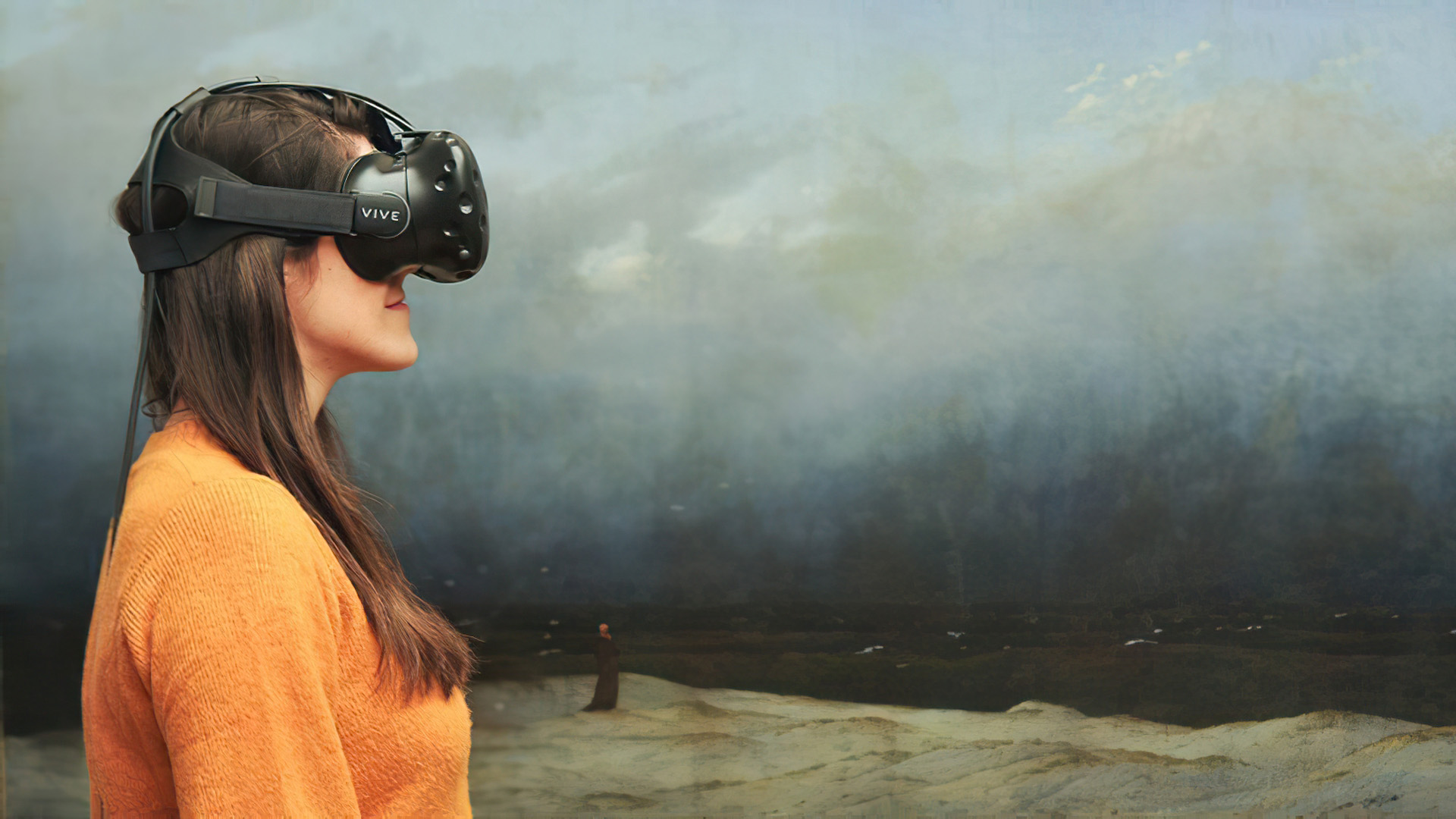
MONK BY THE SEA
MONK BY THE SEA is one of the most important German paintings of all time, and “the” painting of the German renaissance period. In 2015 the masterpiece by Caspar David Friedrich was restored and it turned out he had originally planned the painting differently. Through infrared light a “picture under the picture” became visible. Ships had been sailing on the waves, and the monk was facing a different way. For two years, Friedrich worked intensely on the canvas. He eventually decided against the classic image construction and instead made the painting revolutionary in its emptiness.
PRODUCTION
In coproduction with ZDF/Arte, Camera Lucida Productions, Lucid Realities Studio and OYA Interactive. In association with High Road Stories, Arte, Alte Nationalgalerie Berlin und Fraunhofer Institut Heinrich-Hertz. Supported by Medienboard Berlin-Brandenburg, Creative Europe – MEDIA Program of the European Union, ZEFYR Media Fund and Kristiansand Kommune.


